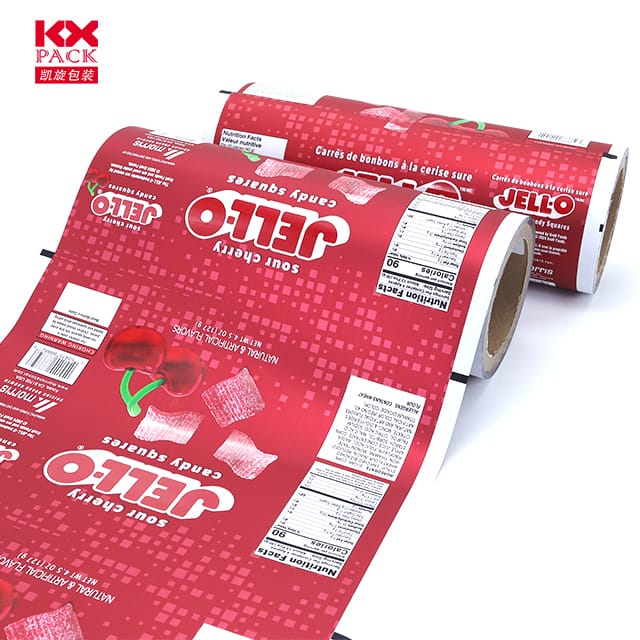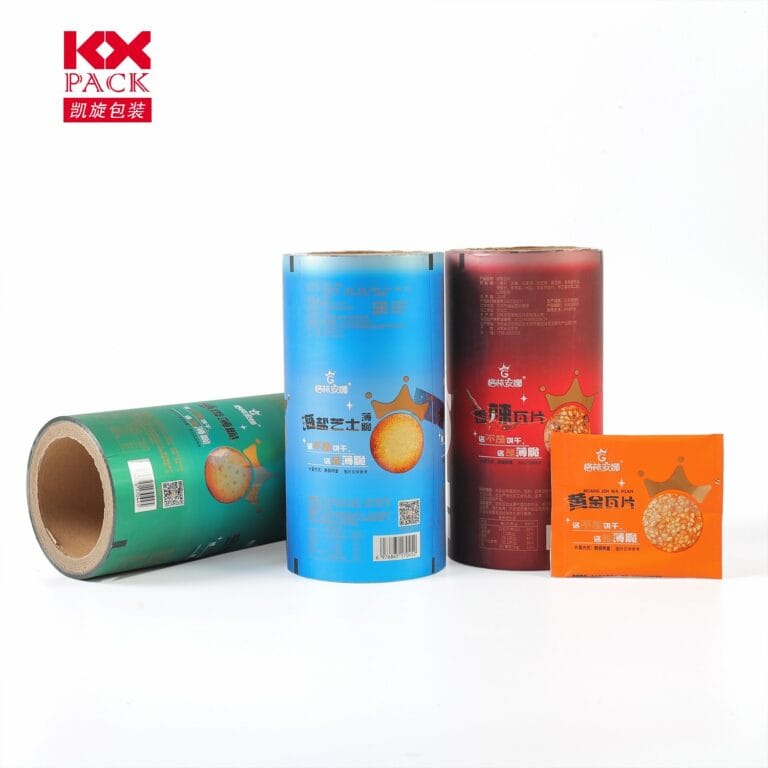지속 가능성과 효율성 혁명: 포장 롤 필름의 힘 (4)
포장 롤 필름
In today’s fast-paced retail and logistics landscape, packaging roll film stands as an unsung hero, 공장 바닥에서 소비자 문앞까지 제품을 조용히 보호합니다. 아직, 보호 장벽으로서의 역할을 넘어서, this versatile material is undergoing a transformative shift toward지속 가능성, 혁신, 그리고 스마트 디자인. Let’s explore how modern roll film solutions are reshaping industries while minimizing environmental footprints.
1. The Evolution of Roll Film: From Single-Use to Circular Solutions
Traditional plastic roll films, while effective, have long faced criticism for their contribution to plastic pollution. 하지만, advancements in material science are challenging this narrative. Manufacturers now prioritize재활용 가능한, 퇴비화 가능한, and bio-based alternatives:
- 생분해 성 필름: Made from corn starch, 사탕 수수, 또는 조류, these films decompose in industrial composting facilities within 180 날.
- 소비자 후 재활용 (PCR) 콘텐츠: 같은 브랜드 Novamont are blending recycled plastics into new films, 처녀 재료에 대한 의존도 감소.
- Reusable Systems: Some companies offer returnable roll film programs, where customers send back used film for refurbishment, creating a closed-loop cycle.
예를 들어, EcoFlex Films has partnered with e-commerce giants to trial reusable mailers made from durable, recyclable polyethylene. These mailers can withstand 50+ cycles, slashing packaging waste by 80%.
2. Smart Engineering: 가벼운 중량, Durable, and Customizable
Modern roll film isn’t just greener—it’s smarter. Innovations inco-extrusion technology allow manufacturers to layer materials, combining strength with sustainability:
- Down-Gauging: Thinner films (as low as 8 미크론) maintain performance while reducing material use by 30%.
- Barrier Enhancements: Anti-fog, anti-static, or UV-resistant coatings extend product shelf life without bulky secondary packaging.
- Print-Ready Surfaces: High-definition graphics on film eliminate the need for labels, streamlining production and reducing waste.
A case in point: Berry Global’s “EcoGuard” film uses a nano-layered structure to block oxygen and moisture, preserving freshness for perishables like coffee or snacks. This reduces food waste—a major contributor to greenhouse gas emissions—while cutting packaging volume.(포장 롤 필름둔다
3. 산업 별 응용: Tailoring Solutions for Every Need
Packaging roll film isn’t one-size-fits-all. Different sectors demand tailored solutions:
- 음식 & 음료: Stretch films with antimicrobial properties keep meats, cheeses, and produce safer. Vacuum-sealed rolls extend the lifespan of frozen goods.(포장 롤 필름둔다
- 전자 상거래: Cushion films with air pockets or honeycomb structures protect fragile items during transit, replacing bulky foam or paper.
- 산업: Heavy-duty shrink films secure pallets, with reinforced seams and UV resistance for outdoor storage.
예를 들어, Sealed Air’s “ReNew” stretch film uses 25% less plastic than conventional options while offering superior load containment, saving fuel in transportation.
4. The Circular Economy Imperative: Collaboration Across the Supply Chain
Sustainability in roll film isn’t achieved in isolation. It requiresindustry-wide collaboration:
- 화학적 재활용: Breaking down mixed plastics into raw materials for new films.
- Design for Recyclability: Standardizing film types (예를 들어, mono-material PE) to simplify recycling processes.
- 소비자 교육: Labels like “How2Recycle” guide proper disposal, boosting recycling rates.
그만큼Ellen MacArthur Foundation’s New Plastics Economy initiative pushes for 100% reusable, 재활용 가능한, or compostable packaging by 2025. 같은 브랜드Unilever 그리고Nestlé are already piloting recyclable stand-up pouches made from roll film, proving large-scale change is possible.
5. 미래: Zero-Waste Goals and Beyond
The next frontier? 식용 영화, algae-based coatings, and AI-driven packaging optimization. Imagine a world where:
- Fruit stickers dissolve in water, leaving no trace.
- Films sense spoilage and change color, 음식물 쓰레기 감소.
- 3D-printed roll film adapts in real-time to product dimensions, minimizing excess.
Startups like공책 are already experimenting with seaweed-based sachets that decompose in weeks. 한편, Amazon’s “Frustration-Free Packaging” program uses machine learning to design right-sized roll film boxes, cutting material use by 33%.
최종 생각: 목적을 가진 포장
Packaging roll film is no longer just a commodity—it’s a canvas for innovation. By embracing circularity, smart engineering, and cross-industry partnerships, we can turn this humble material into a force for positive change.
What’s your vision for the future of sustainable packaging? Share your ideas below—let’s inspire the next breakthrough! 🌍📦
키워드: packaging roll film, 지속 가능한 포장, biodegradable film, circular economy, 친환경 자료







